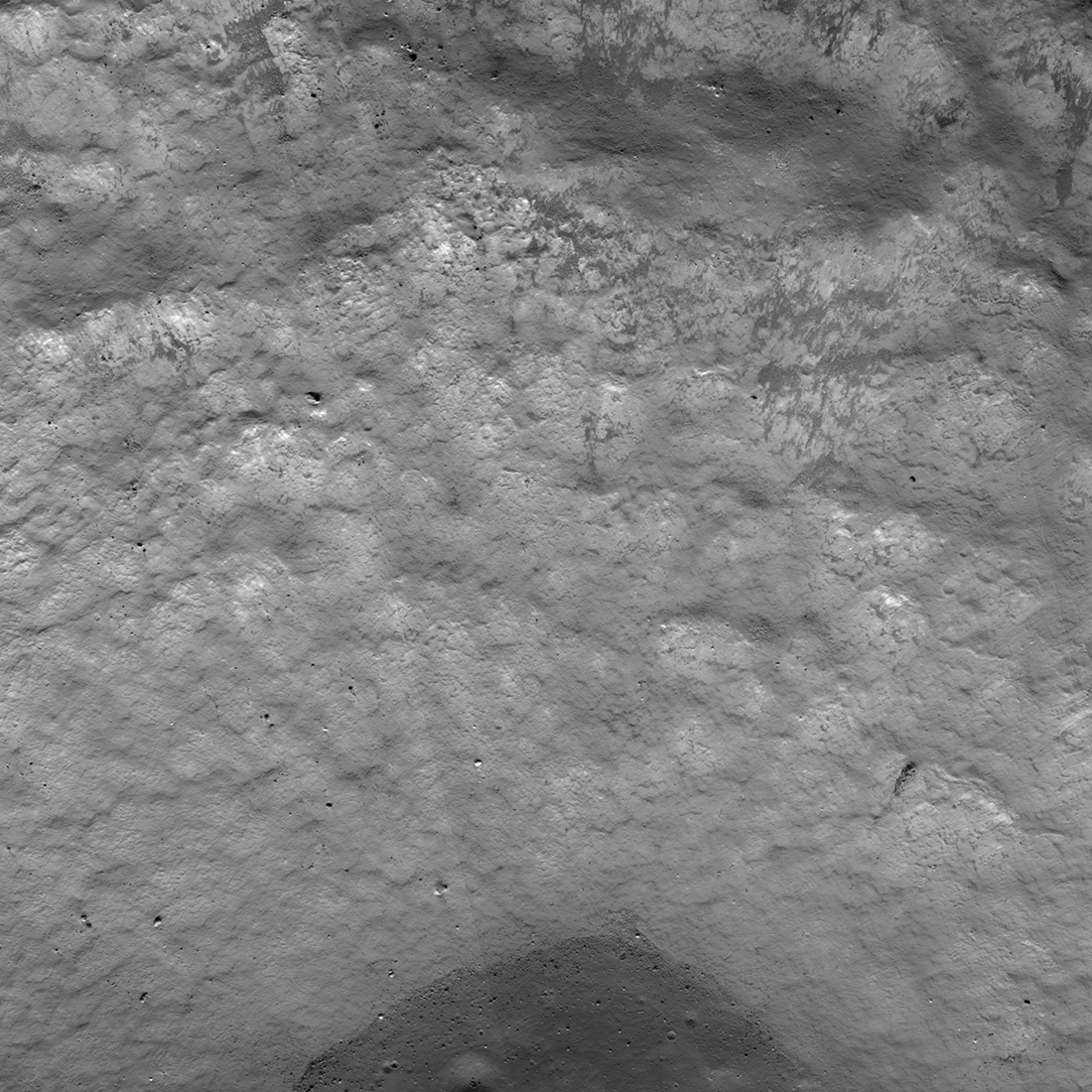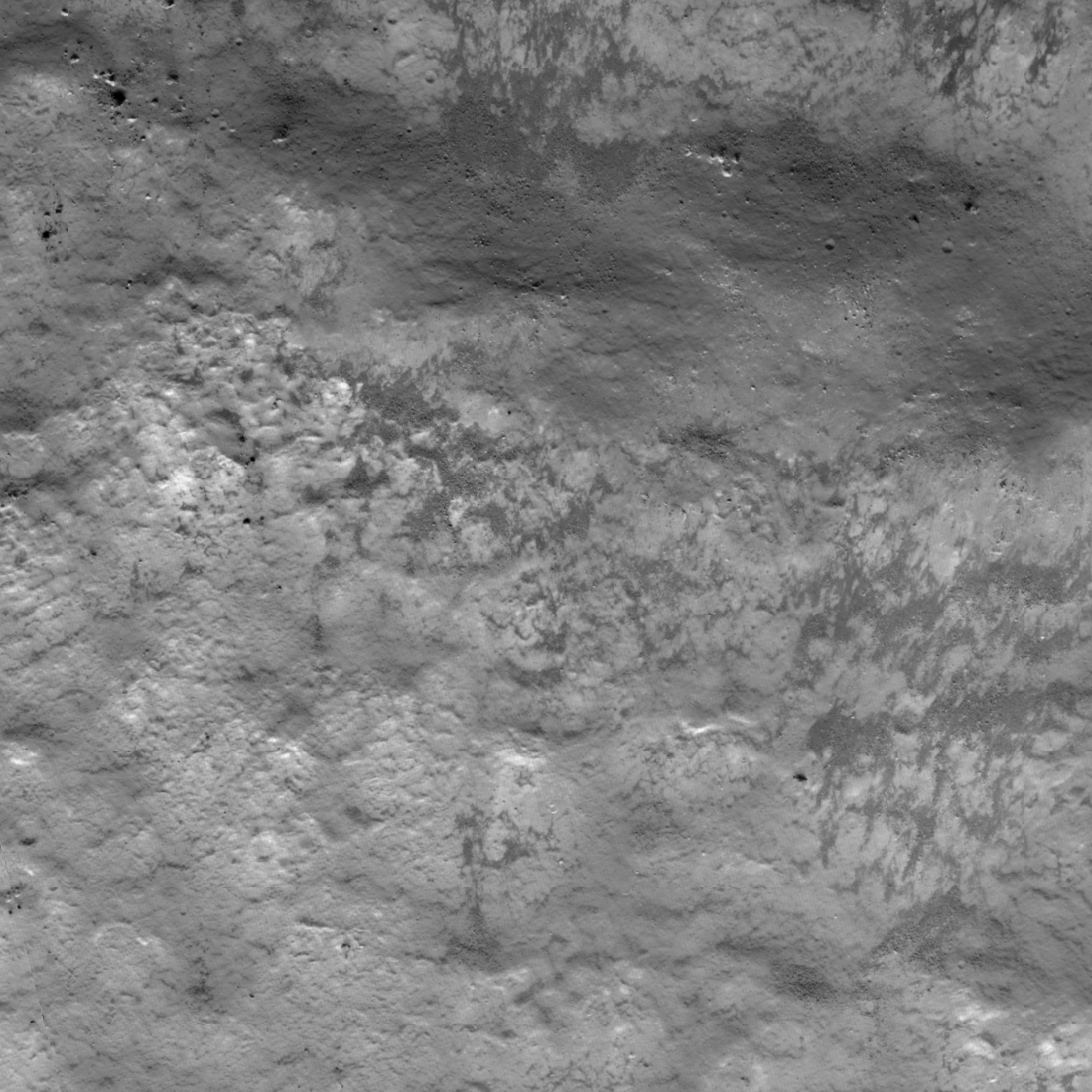
Northern PSR

The southern polar region receives much attention because it hosts larger PSRs and is the target of the upcoming Artemis 3 crewed mission. However, the northern PSRs should not be forgotten. Fortunately, ShadowCam will treat the two poles as equals, and we will see within all the PSRs, north and south.

This view into the shadows of a relatively fresh, unnamed 12-km-diameter crater inside Rozhdestvenskiy crater reveals granular debris flowing down the crater wall, similar to what has been seen in sunlit regions across the Moon by LROC, such as in dramatic fashion within Kepler crater or Moore F.
Check out the full-resolution view below, where areas directly illuminated by sunlight appear white (the ShadowCam detector saturates over directly illuminated terrain). The image is annotated to indicate the directly illuminated crater wall, which reflects a small amount of light into the permanent shadows, which ShadowCam then detects.
Related Featured Images
Posted by Mark Robinson on 9 February 2023